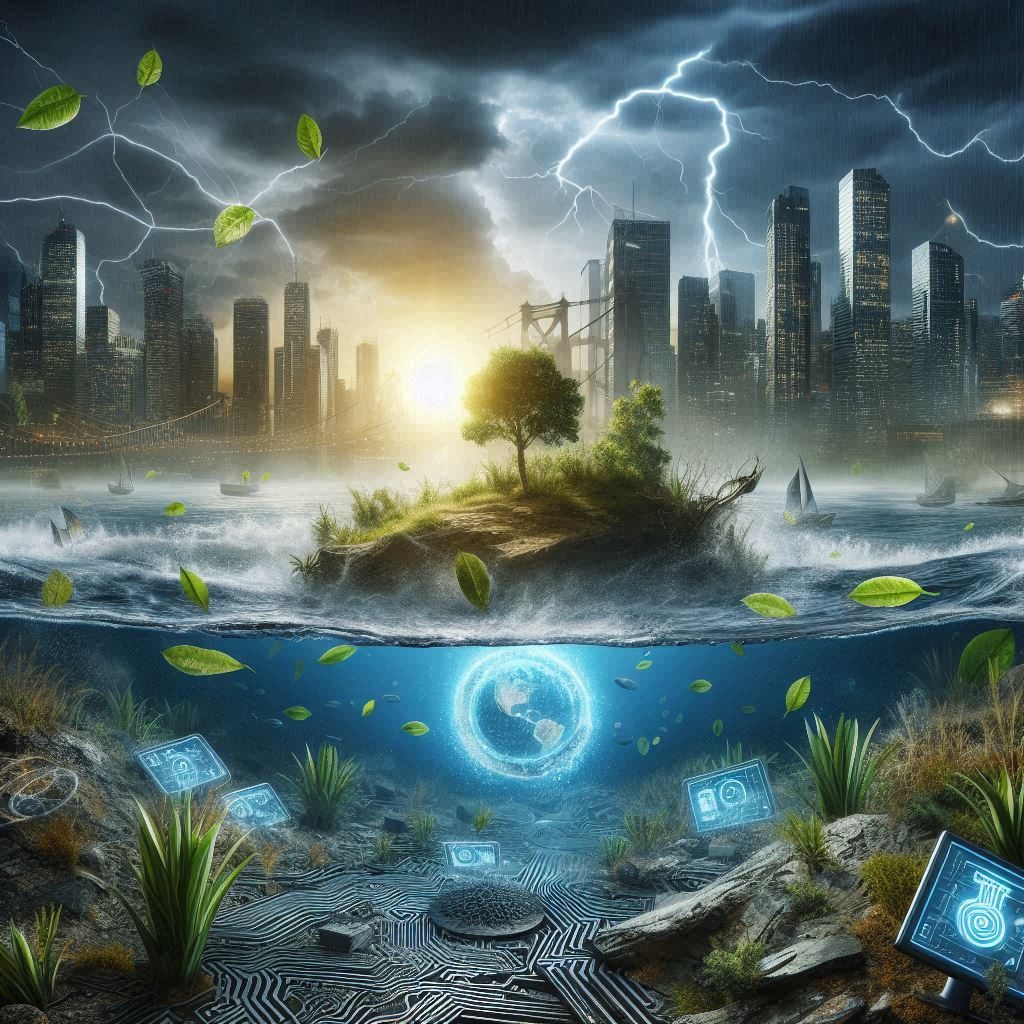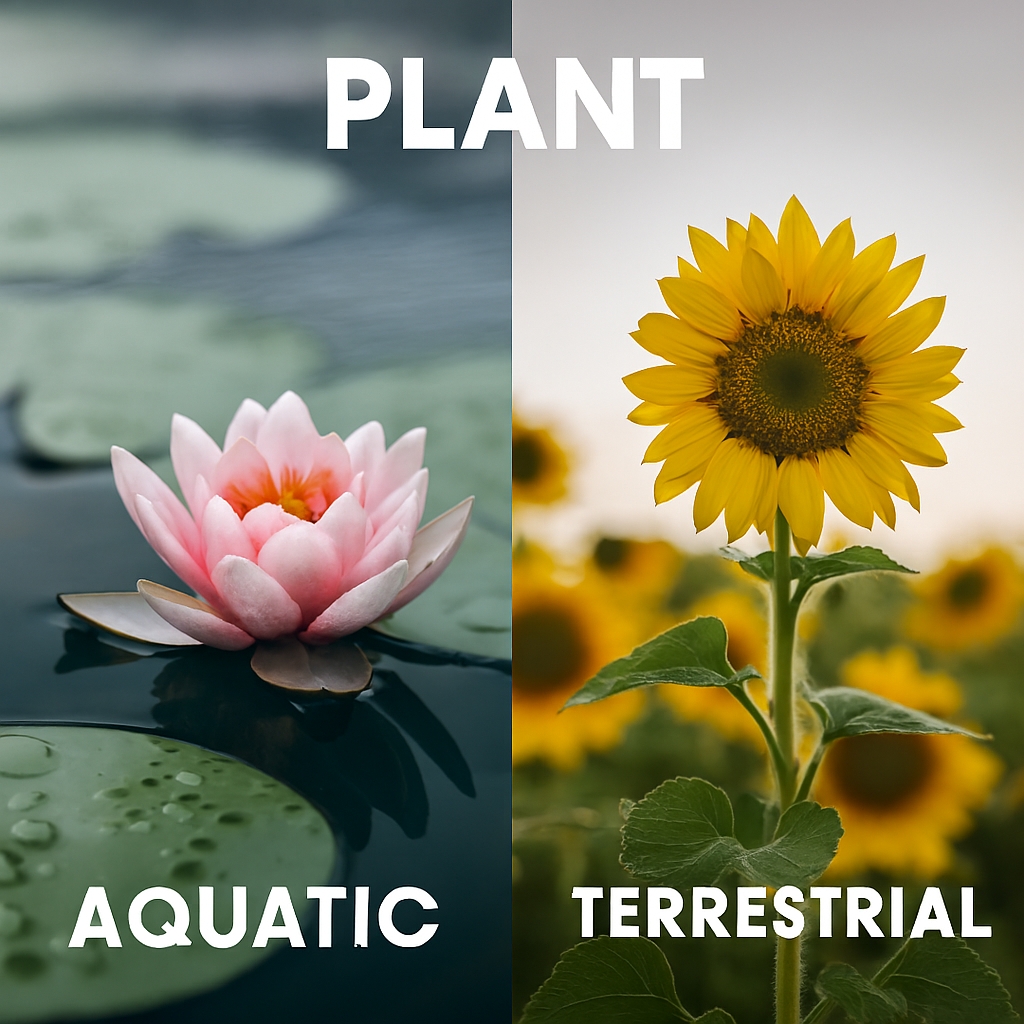World Tech Ecosystems
In the modern world, World Tech Ecosystems is a constant presence. The World Tech Ecosystems is in our homes, our workplaces, and even our pockets. But as we embrace these advancements, it’s crucial to consider their effects on the world’s ecosystems.
The Downside of Progress
Technology, while beneficial, can also have detrimental effects on our environment.
Resource-Intensive Technology
Some technologies, particularly electronics, require materials that are not only scarce but also harmful to the environment when extracted. For instance, the batteries used in hybrid cars contain nickel and rare-earth metals. The process of mining these materials contributes significantly to air pollution.
Farming Technology
While technological advancements in farming have led to an increase in food production and diversity, they also come with environmental costs. Modern fertilizers, though effective in increasing crop yields, can harm the environment by contaminating soil and groundwater.
Hazardous By-Products
Many forms of technology, especially those related to transportation, produce harmful by-products. These include greenhouse gases and other toxic emissions, which contribute to air pollution and climate change.
Technology Disposal
The disposal of outdated or broken technological goods is another significant source of environmental harm. These discarded items often end up in landfills, where they can leach harmful substances into the soil and water.
The Silver Lining
Despite these challenges, technology also holds the key to many solutions for environmental protection and restoration.
Digital Transformation
Digital technology can play a pivotal role in protecting the planet. Data platforms can provide valuable insights into environmental hazards, helping us understand and combat these threats more effectively.
Resource Conservation
Technological innovations can also aid in conserving resources. By improving our ability to track, test, and conserve resources, we can reduce waste and overproduction. These technologies can also enhance efforts to recover endangered plants and animals, contributing to biodiversity.
Technology’s Role in Revolutionizing Recycling and Sustainability Strategies
Technology has been instrumental in transforming recycling strategies and promoting sustainability.

Tech Ecosystems
Advanced Recycling Technologies
———————————-
Chemical Recycling
This innovative technology breaks down plastic waste into its basic components, allowing for the recycling of previously unrecyclable plastics. These basic components can then be used to produce high-quality raw materials for new products. However, this method does come with challenges such as high energy consumption and potential pollution risks.
Robotic Waste Sorting
AI and machine learning are being delveloped & used to improve more complex waste separation efficiency. For example, some companies have developed robotic waste sorting systems capable of processing large amounts of waste per hour. These systems can accurately sort and separate different types of waste, ensuring that more recyclable materials are recovered.
Biodegradable Materials
To reduce waste generation, researchers are developing biodegradable and compostable materials. There’s also a rise in the use of biotechnology for developing materials like fungi-based packaging.
Electronic Waste Recycling
Our connected society generates a lot of electronic waste, which is currently the fastest-growing waste stream worldwide. New technologies are being developed to recycle electronic waste more effectively. These technologies aim to separate materials, molecules, or chemical elements so that they can be sold as raw materials for the manufacture of new products. The goal is to extract more valuable materials from this “urban mine” and reduce the amount of waste ending up in landfills.
Construction Waste Recycling
Innovations in construction waste recycling, such as robotic sorting systems and enhanced material separation techniques, are improving recycling efficiency. These technologies not only reduce landfill consumption but also save energy and lower greenhouse gas emissions.
The Circular Economy
The concept of a circular economy is gaining prominence in waste management. This model emphasizes designing products and systems to minimize waste and resource use while maximizing value creation. By implementing circular economy principles in waste management, materials can be kept in use for longer periods, reducing waste generation and promoting resource efficiency.

World Ecosystems
Harnessing Technology for World Tech Ecosystems & Enhancement
———————————–
Forests
In the realm of forestry, technology is proving to be a game-changer. Precision forestry, for instance, employs state-of-the-art technologies such as drones, laser scanning, and soil sensors to revolutionize forest management. These tools provide real-time monitoring and precision management, leading to more efficient and sustainable use of forest resources. Moreover, some innovative startups are harnessing artificial intelligence, satellites, drones, and data analytics in global reforestation efforts.
Deserts
In arid desert regions, technology is being deployed to combat desertification and promote sustainable agriculture. Scientists have developed a unique process that involves mixing nano-particles of clay with water and binding them to sand particles. This innovative method effectively transforms desert sand into fertile soil. Furthermore, solar desalination technology offers a promising solution for generating freshwater from seawater, which can be used for irrigation in desert areas.
Waterways
When it comes to our waterways, technology is playing a crucial role in their preservation. Smart sensors and cloud-based location technology are being used to monitor water quality in real-time. This data is then utilized to inform water management strategies and ensure the health of aquatic ecosystems. Additionally, innovative solutions like floating solar stills are being developed to purify water, providing a sustainable solution to water scarcity.
Ice and Snow Areas
In ice and snow areas, technology is being used to improve safety and efficiency. Smart snow sensors, autonomous equipment, and advanced weather prediction tools are revolutionizing snow removal. This not only enhances safety but also reduces the environmental impact of snow removal operations. In the field of ice hockey, technology has brought about significant changes, from the development of composite sticks to the use of advanced analytics and video review.

Tech Ecosystems
Technology’s Role in Animal Conservation and Habitat Restoration
—————————
Animal Conservation
Technology has been a game-changer in the field of animal conservation. For instance, remote camera traps have significantly contributed to the discovery of new, rare, secretive, and elusive species. They provide a non-intrusive means of monitoring species’ behavior, distribution, and diversity within a landscape, and help protect threatened wildlife and habitats from poaching and other illegal activities.
Artificial intelligence (AI) is increasingly used to analyze large amounts of conservation data, such as camera trap, satellite, and drone images or audio and video recordings, and improve wildlife identification and monitoring. Platforms have been developed that use computer vision and deep learning algorithms to scan millions of crowdsourced wildlife images to identify species and individual animals based on their physical features such as scars.
Environmental DNA (eDNA) is another innovative technology used in animal conservation. Traces of animal DNA collected from soil and water samples can reveal the presence of previously unobserved species.
Habitat Restoration
Technology is also playing a crucial role in habitat restoration Like GIS Mapping or Geographic information systems. GIS mapping technology plays a crucial role in making informed decisions about wildlife protection and habitat management. Remote sensing enables conservationists to accurately observe wildlife populations, monitor illegal mining, quickly identify causes of deforestation, and detect and analyze other changes to the landscape.

World Tech Ecosystems
Technology’s Role in Urban Ecosystems
————————
Smart Cities
Smart cities represent the future of urban living. These are urban areas that use technology to enhance the quality of life for their residents, modernize services, increase accessibility, and stimulate economic growth. They use a variety of technologies to improve air and water quality, reduce traffic congestion, and enhance public safety.
Autonomous vehicles are one such technology transforming mobility in cities. However, they require significant infrastructure improvements, including enhanced energy distribution and traffic management systems.
The concept of “cognitive cities” is also emerging. In these cities, artificial intelligence layers are added to the smart city digital platform, creating a more responsive and adaptive urban environment.
Geolocation data is another crucial technology for smart cities. It provides valuable information about citizens’ behavior and movement patterns, helping city planners make informed decisions about service locations and traffic management.
Sustainable Cities
In addition to being smart, cities are also focusing on becoming more sustainable. They aim to reduce their environmental impact and create a better living environment for all.
Building-automation systems are one way cities are becoming more sustainable. These systems can help reduce energy consumption and carbon emissions.
Dynamic electricity pricing is another strategy being used. This encourages energy use during off-peak hours, reducing strain on the power grid.
Mobility applications, such as bike-sharing or ride-hailing services, are also being used to reduce traffic congestion and air pollution.
Conclusion
In the face of rapid urbanization and environmental challenges, technology has emerged as a powerful tool for enhancing ecosystems, from forests and deserts to waterways and ice areas. It’s transforming the way we manage and conserve our natural resources, monitor and protect wildlife, and restore habitats.
In urban environments, technology is driving the evolution of smart and sustainable cities, improving the quality of life for residents while minimizing environmental impact. From autonomous vehicles and cognitive cities to building-automation systems and mobility applications, technology is making our cities more livable, efficient, and sustainable.
However, as we continue to innovate and advance, it’s essential to strike a balance between progress and sustainability. We must ensure that our technological advancements do not come at the expense of our planet. By embracing technology responsibly, we can work towards a more sustainable and resilient future for all.
Technology, when used wisely, can be a powerful ally in our quest to live in harmony with nature and create a sustainable future for generations to come. It’s up to us to harness its potential and steer our world towards a path of sustainability and resilience.
The World Tech Ecosystems is a double-edged sword. While it has undoubtedly improved our standard of living, it also poses significant environmental challenges. As we continue to innovate and advance, it’s essential to strike a balance between progress and sustainability, ensuring a healthy planet for future generations.
Join the Discussion
We hope you found this exploration of technology’s role in enhancing ecosystems enlightening.
What are your thoughts on the impact of technology on our ecosystems?
Do you have any examples of how technology has positively or negatively affected your local environment?
How do you see the future of smart and sustainable cities?
What steps can we take to ensure that technological advancements do not come at the expense of our planet?
Your insights and experiences are valuable on the ideas of World Tech Ecosystems.
#Technology #Ecosystems #SmartCities #Sustainability #AnimalConservation #HabitatRestoration #UrbanEcosystems #Forests #Deserts #Waterways #IceAreas #SnowAreas #ResourceConservation #EnvironmentalDNA #GIS #AutonomousVehicles #CognitiveCities #GeolocationData #BuildingAutomation #DynamicElectricityPricing #MobilityApps #PrecisionForestry #RemoteCameraTraps #AI #MachineLearning #ChemicalRecycling #RoboticWasteSorting #BiodegradableMaterials #eWasteRecycling #CircularEconomy













tbsbjsbobl
Muchas gracias. ?Como puedo iniciar sesion?